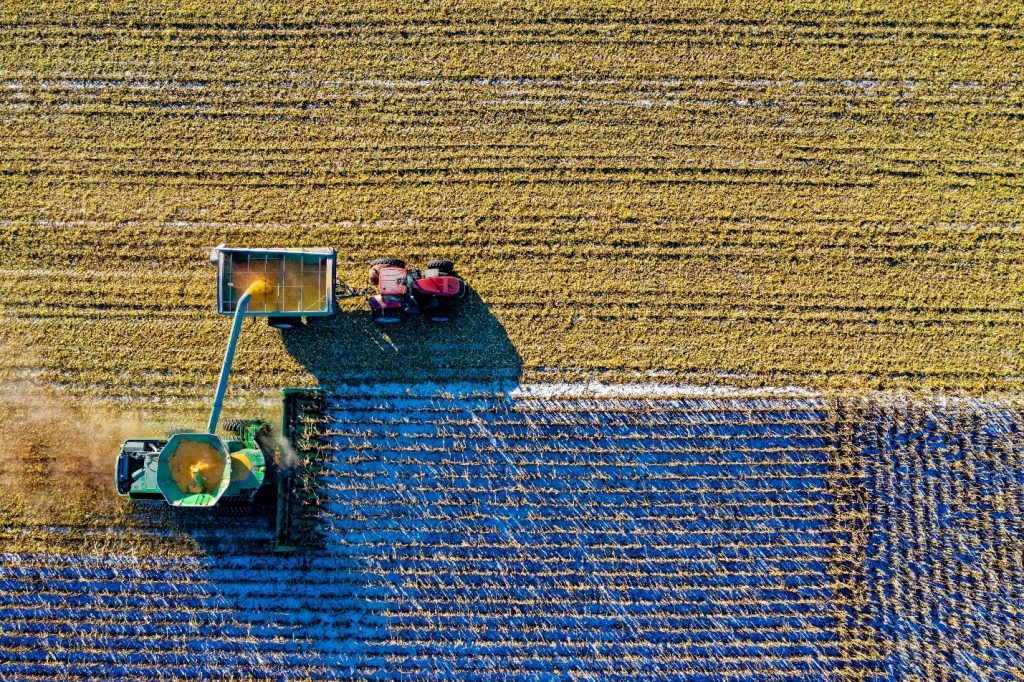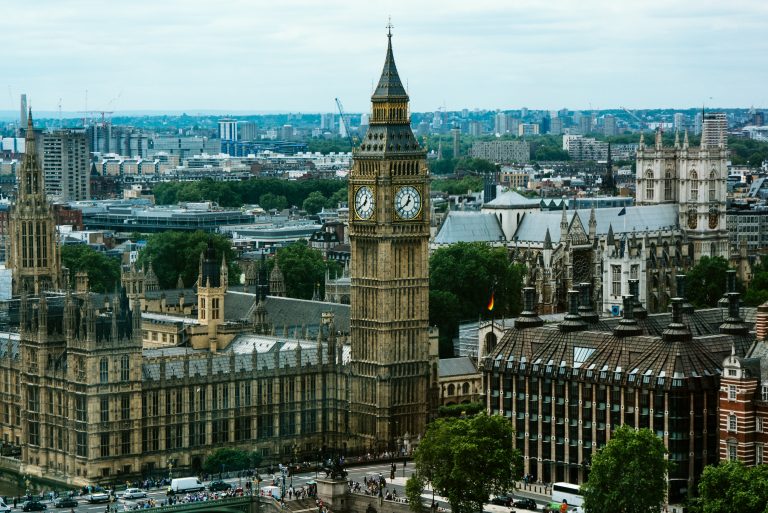Immigration or Innovation in Agriculture?

American agriculture has long depended on immigrant labor. Many of these workers are undocumented. In recent years, the US government has increased its immigration enforcement activity, identifying, arresting, and deporting large numbers of immigrant workers. As a result, many farmers and agriculture processors have faced labor shortages and rising wages. Moreover, gridlock over immigration legislation has left farmers uncertain of their ability to retain workers and find new workers in the future.
The uncertainty over the cost and availability of labor in the future has led many farmers to look to replacing labor with capital. Where the technology exists, farmers have already begun adopting more capital. The lettuce industry has replaced large numbers of workers with machines at every level of production, from planting to harvesting to cutting. Recent advances in artificial intelligence and high-speed computing have helped create machines unimaginable a decade ago, such as a machine that identifies and removes unripe tomatoes from the production line faster than the eye can see. Where the technology does exist, farmers have begun investing millions of dollars and partnering with tech companies to develop new technologies. Berry farmers have been working with several companies to develop machinery that can both identify ripe berries and pick them delicately enough to not damage them. Many in the agriculture industry worry that if we cannot fix our labor shortage problem through immigration reform, or develop the necessary technologies, farmers will be forced to change what they grow. This will likely make some foods either completely unavailable or very expensive.
Questions
- Use a supply and demand model to show how a reduction in immigrant workers can lead to an increase in wages paid by farm owners.
- A common argument made in opposition to increased immigration is that immigrants take jobs that would otherwise be filled by natives. However, in agriculture, farmers are usually unable to find native workers to take the jobs done by immigrants. Why might this be?
- In addition to agriculture, many jobs can be automated to reduce the number of workers needed (for example, self-checkout machines at retail stores). Yet, many firms do not adopt these technologies. What are some of the reason behind the decision to choose human labor over capital?












